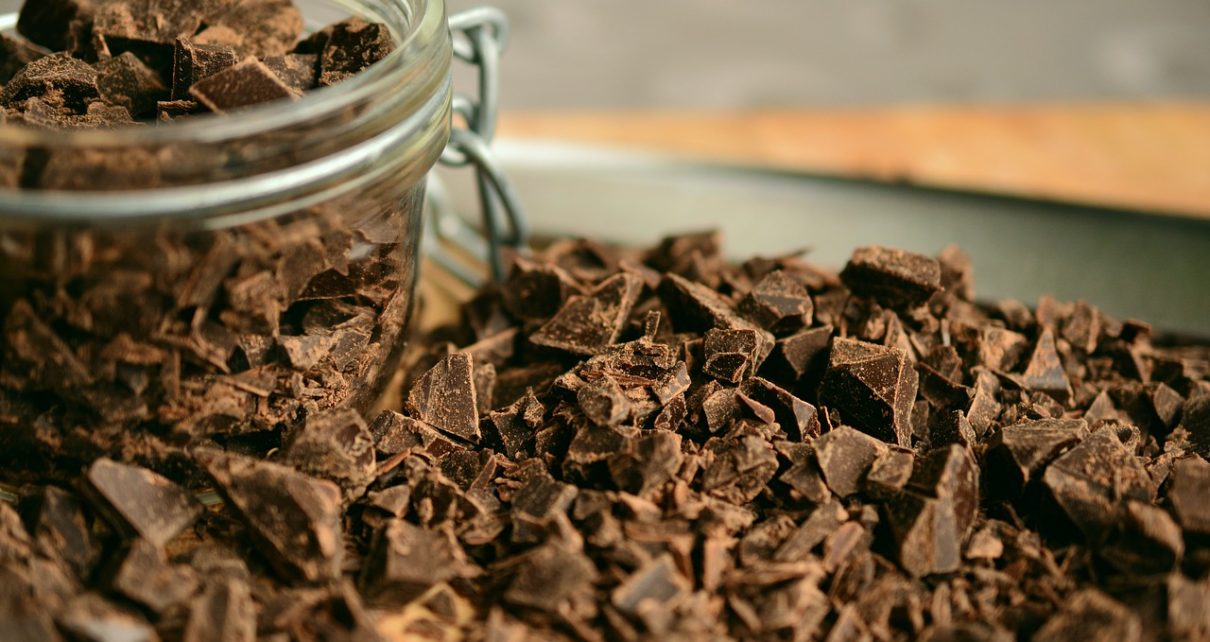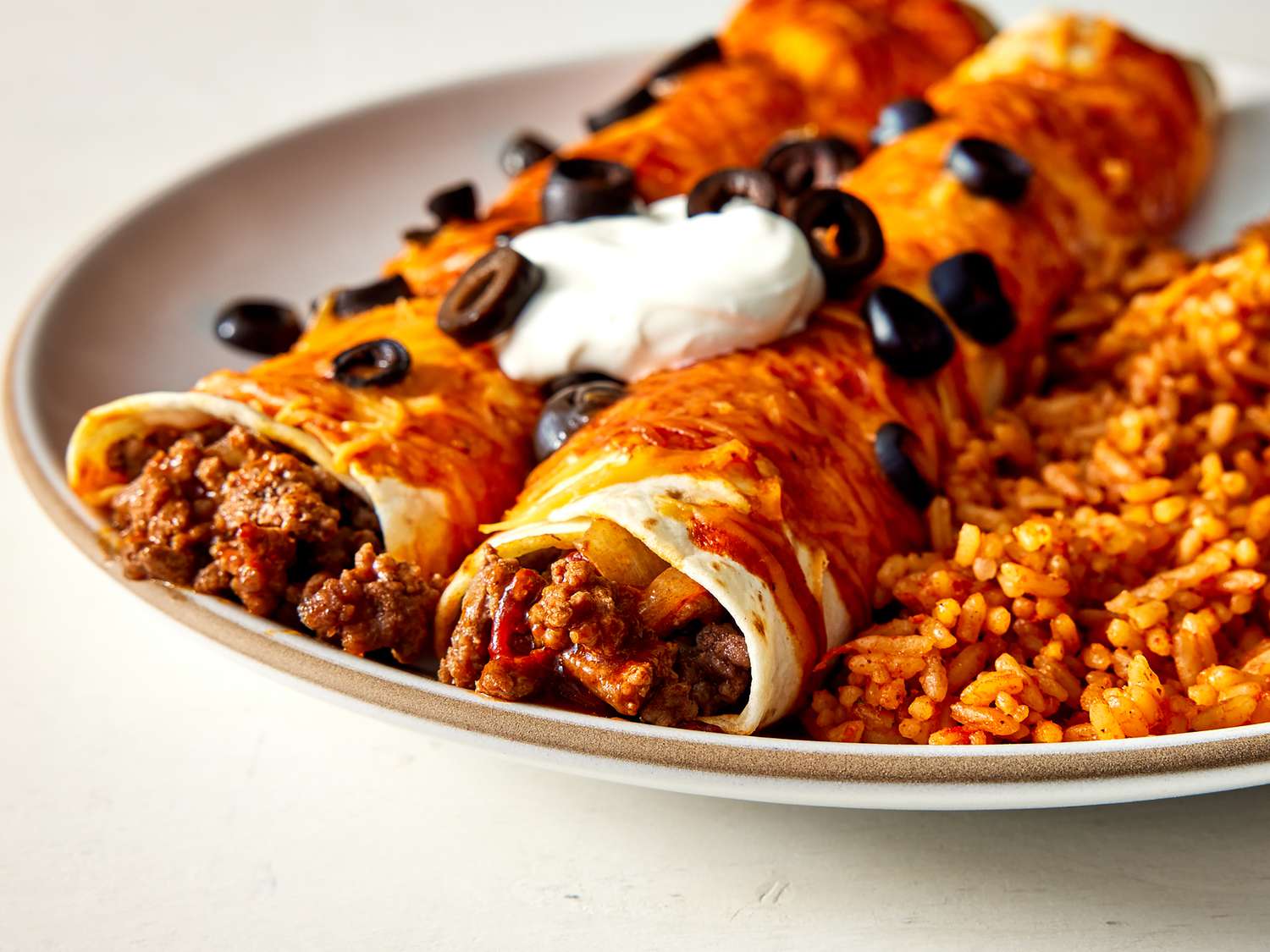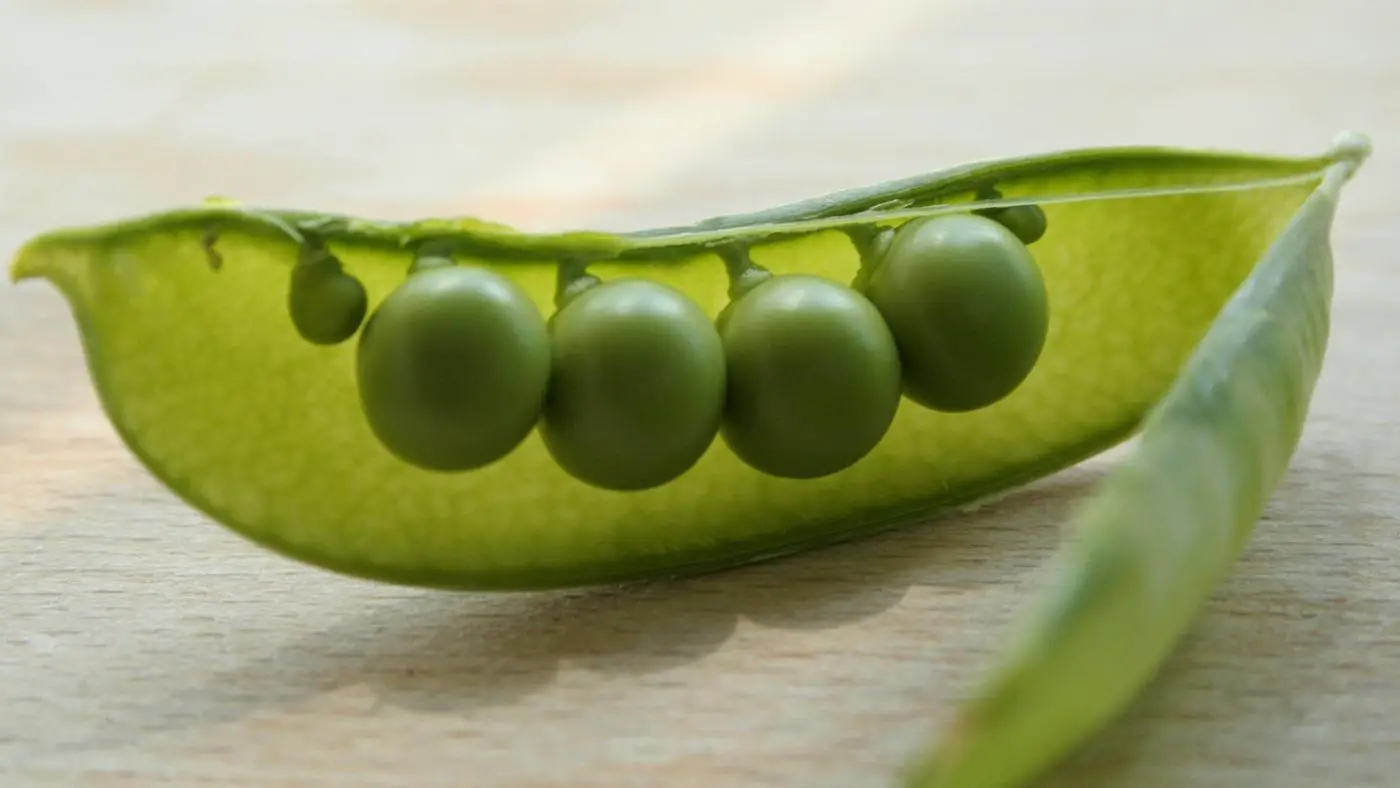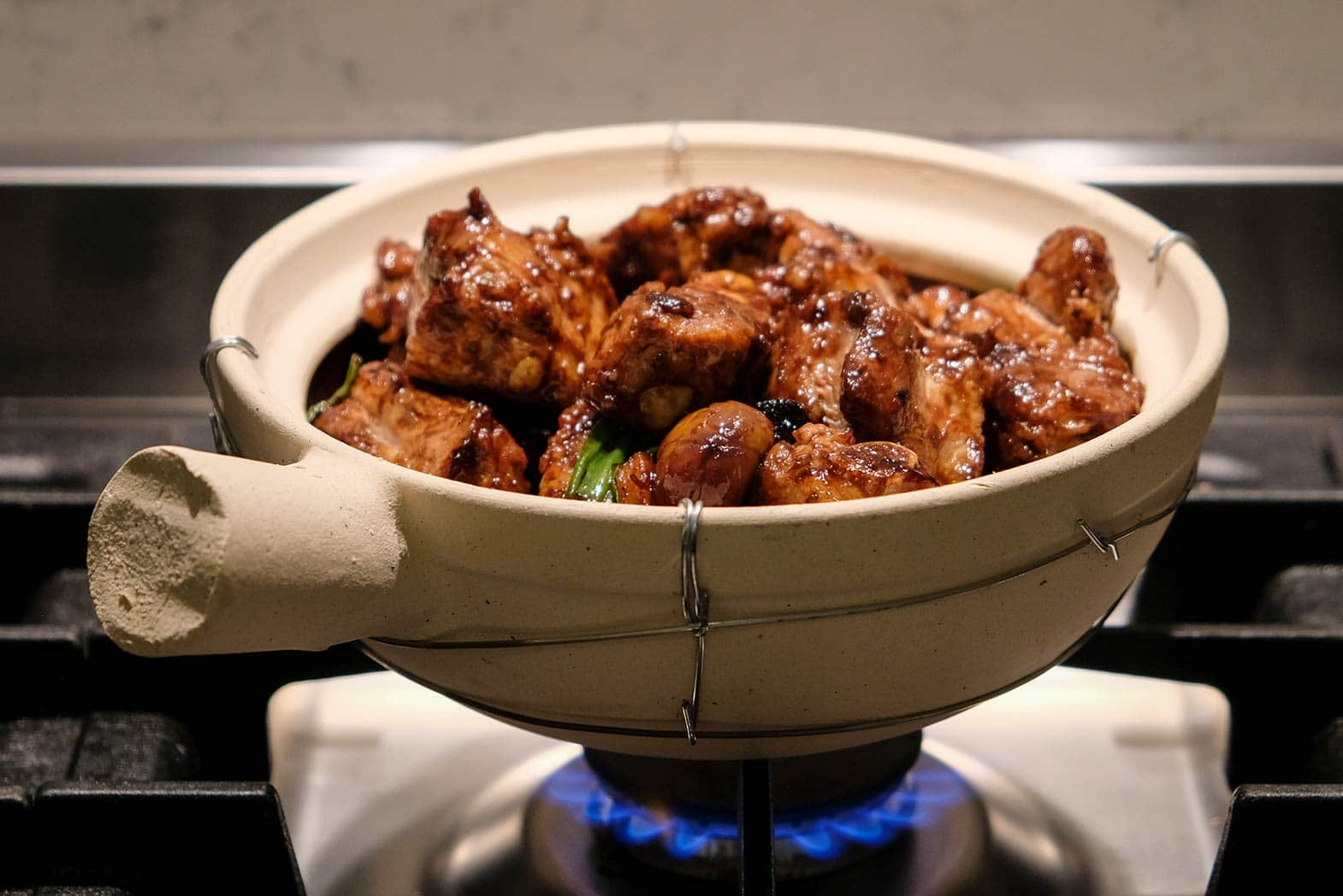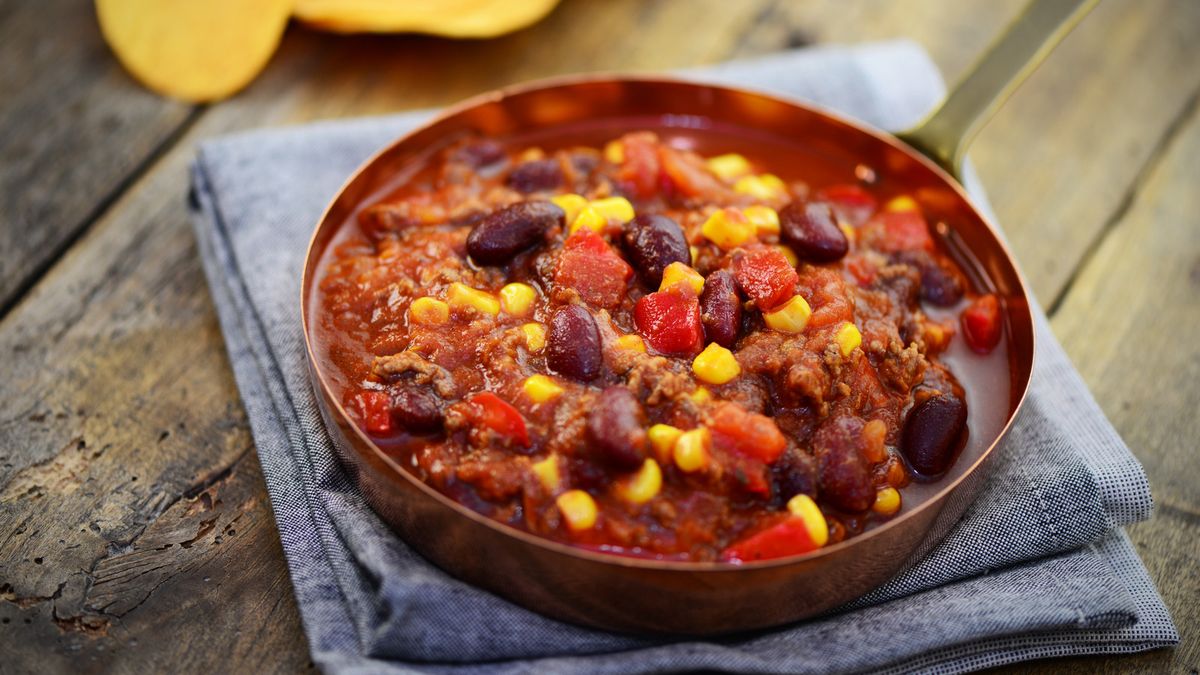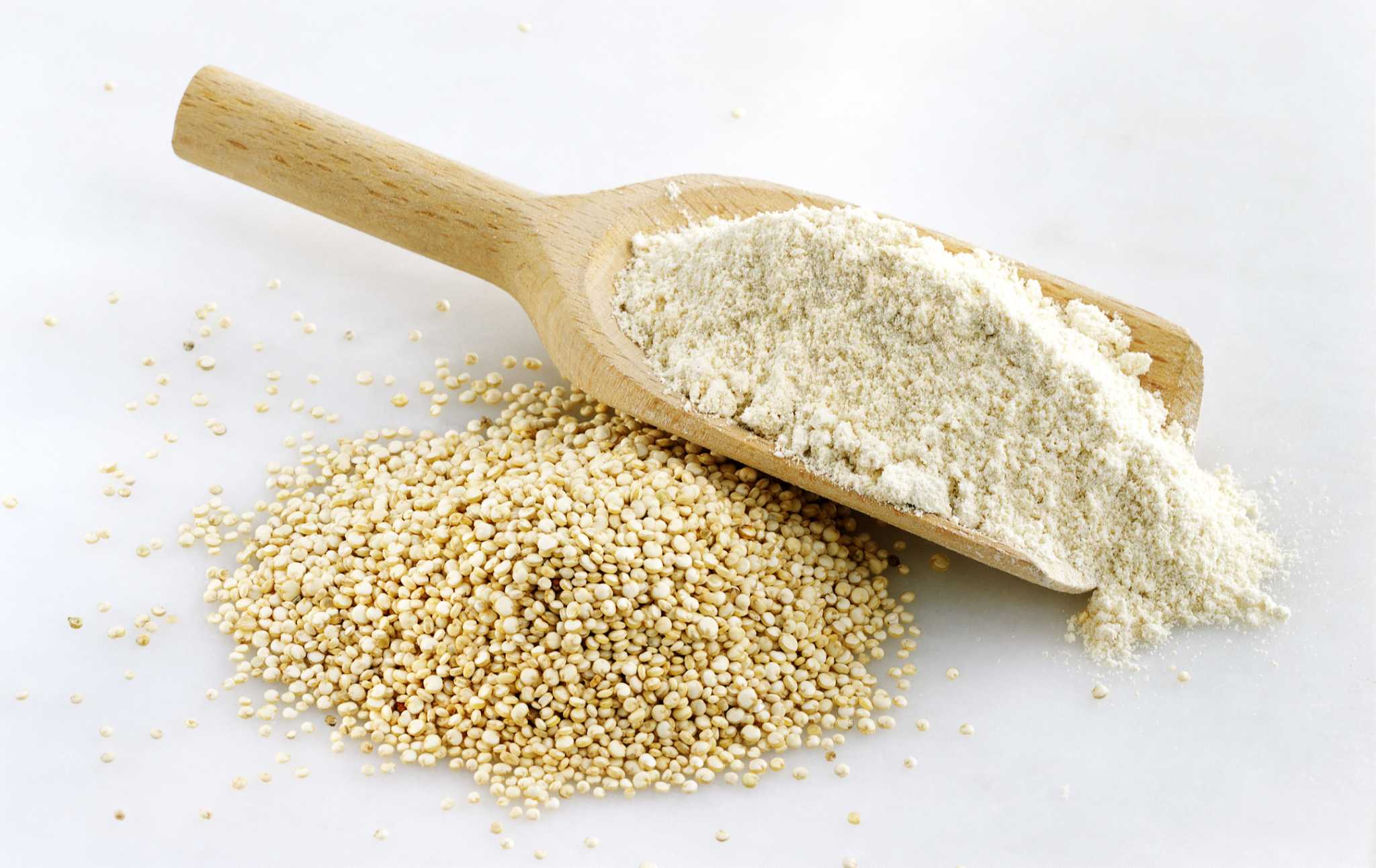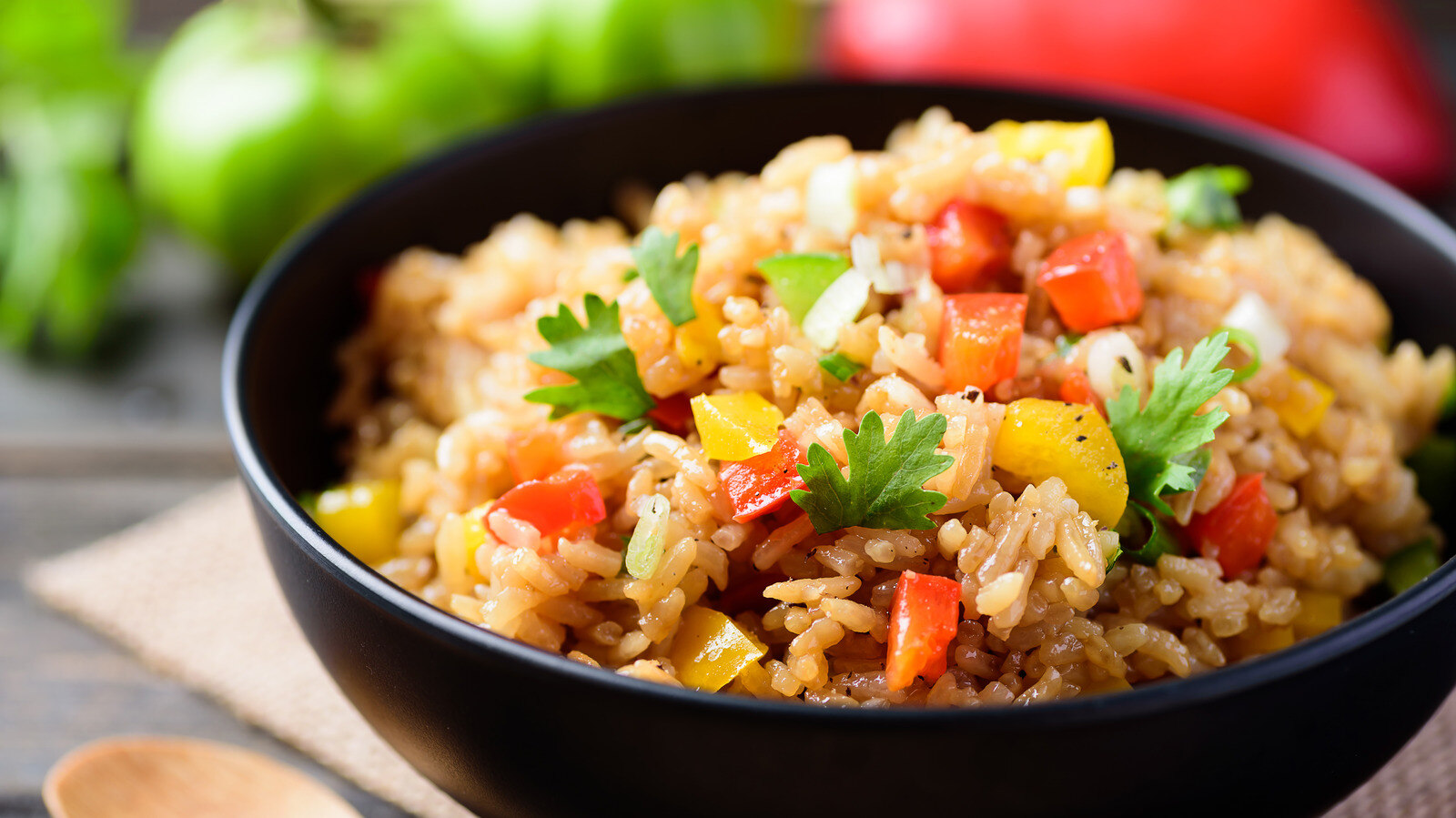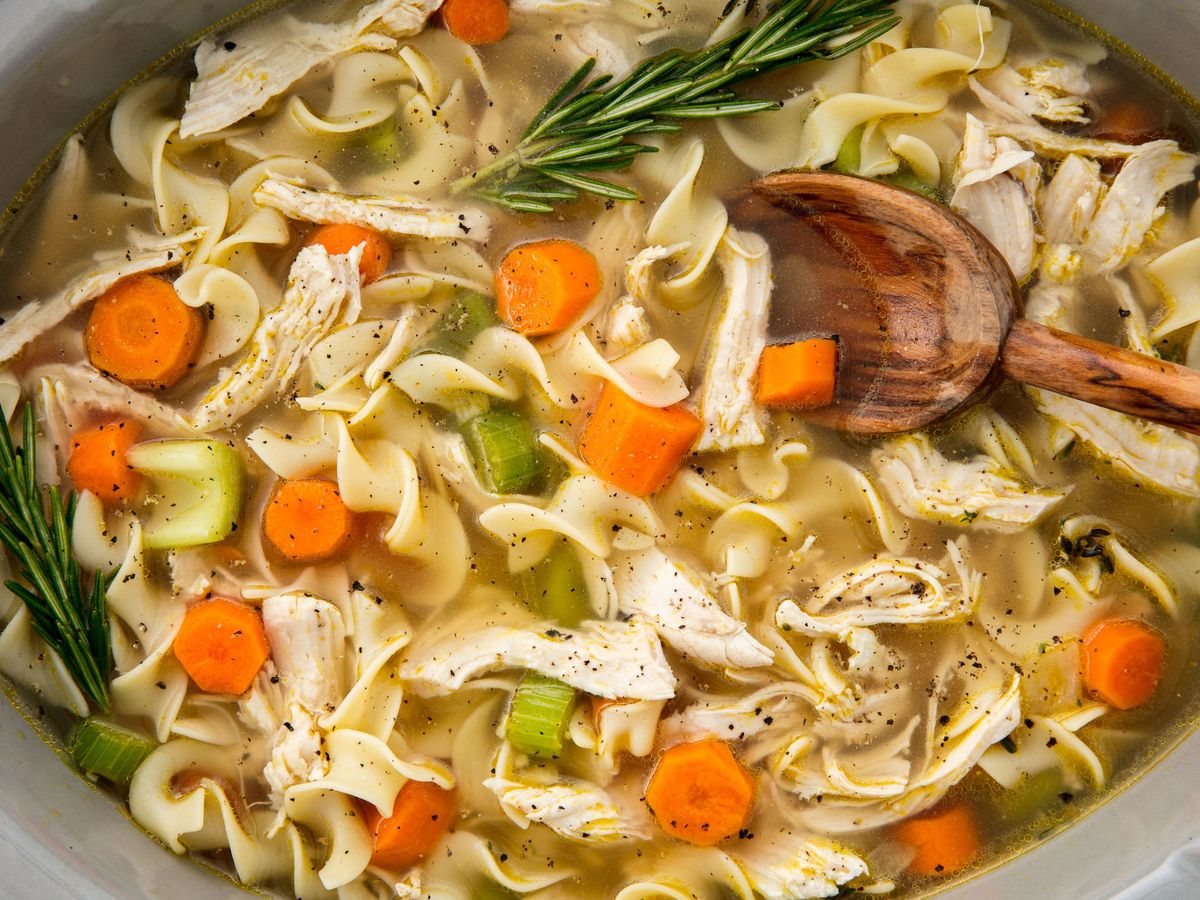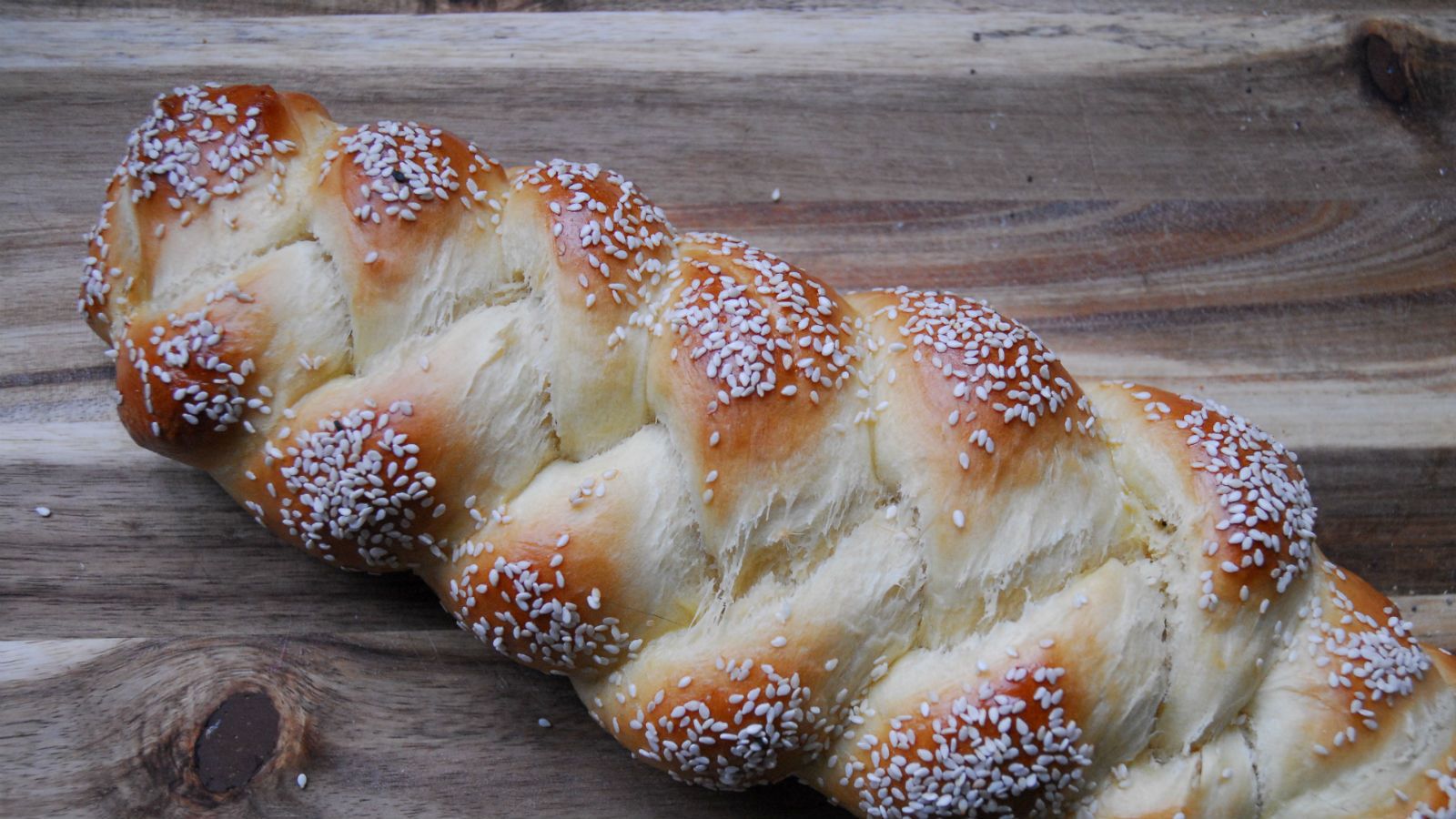Imagine cooking with ingredients that date back to the Aztec civilization. These ancient foods, like amaranth, chia seeds, and cacao, are making a comeback in modern kitchens. Rich in nutrients and flavor, they offer a unique twist to everyday dishes. By incorporating these time-tested ingredients, you can add both historical depth and health benefits to your meals. Whether you're a seasoned chef or a home cook, exploring these ancient staples can transform your culinary experience. Ready to bring a taste of history to your table? Let's dive into the world of Aztec ingredients and discover their modern uses.
Essential Ingredients for Your Aztec-Inspired Dish
Ingredients
- Amaranth: 1 cup
- Chia Seeds: 2 tablespoons
- Cacao Nibs: 1/4 cup
- Tomatillos: 4, husked and chopped
- Avocado: 1, diced
- Corn Tortillas: 6
- Epazote: 1 tablespoon, chopped
- Jicama: 1 cup, julienned
- Lime: 1, juiced
- Pumpkin Seeds: 1/4 cup, toasted
- Quinoa: 1 cup, cooked
- Chili Powder: 1 teaspoon
- Agave Syrup: 2 tablespoons
- Black Beans: 1 cup, cooked
- Cilantro: 1/4 cup, chopped
- Garlic: 2 cloves, minced
- Onion: 1, finely chopped
- Tomato: 1, diced
- Salt: to taste
- Pepper: to taste
Necessary Tools for Crafting Reviving Ancient Aztec Ingredients in Modern Cooking
-
Molcajete (Traditional Mexican Mortar and Pestle)
- Essential for grinding spices and making salsas or guacamole, true to ancient methods.
-
Comal (Flat Griddle)
- Used for toasting spices, cooking tortillas, and searing meats and vegetables.
-
Clay Pot
- For slow-cooking stews and soups, imparting a unique flavor reminiscent of traditional Aztec cooking.
-
Sharp Chef’s Knife
- Necessary for precise chopping of herbs, vegetables, and meats.
-
Wooden Spoons
- Ideal for stirring ingredients in clay pots without scratching.
-
Measuring Cups and Spoons
- For accurate measurements of ingredients, ensuring flavors are balanced.
-
Blender or Food Processor
- Modern substitute for grinding ingredients when a molcajete is not available.
-
Fine Mesh Strainer
- Useful for achieving smooth sauces and removing solids from liquids.
-
Tortilla Press
- For making homemade tortillas, a staple in Aztec cuisine.
-
Citrus Juicer
- To extract fresh juice from limes and oranges, commonly used in marinades and dressings.
-
Vegetable Peeler
- For easily peeling root vegetables and squash, frequently used in Aztec recipes.
-
Spice Grinder
- Optional but helpful for grinding whole spices into powder, enhancing flavor profiles.
Reviving ancient Aztec ingredients, like amaranth, chia seeds, and nopal, enriches modern dishes with rich flavors and nutritional benefits, offering a unique twist to contemporary culinary creations.
The Importance of Reviving Ancient Aztec Ingredients
Reviving ancient Aztec ingredients connects us to history and culture. Amaranth, chia seeds, and cacao offer nutritional benefits like protein, omega-3s, and antioxidants. Using these ingredients promotes biodiversity and sustainable farming practices. Modern cooking with ancient foods honors traditions while enhancing our diets with superfoods rich in vitamins and minerals.
Step-by-Step Guide to Making Reviving Ancient Aztec Ingredients in Modern Cooking
Reviving Ancient Aztec Ingredients in Modern Cooking
-
Identify Key Ingredients
- Amaranth: A grain high in protein and fiber.
- Chia Seeds: Packed with omega-3 fatty acids.
- Cacao: The base for chocolate, rich in antioxidants.
- Tomatillos: Small green fruits with a tart flavor.
- Epazote: An herb with a strong, unique taste.
- Nopal: Edible cactus pads, often used in salads.
- Avocado: Creamy fruit rich in healthy fats.
- Corn: A staple grain, used in various forms.
-
Sourcing Ingredients
- Visit local farmers' markets for fresh produce.
- Check specialty stores for hard-to-find items.
- Consider online retailers for bulk purchases.
-
Preparation Techniques
- Amaranth: Rinse thoroughly, then cook like quinoa.
- Chia Seeds: Soak in water or milk to form a gel.
- Cacao: Grind into powder or use cacao nibs.
- Tomatillos: Remove husks, rinse, and chop.
- Epazote: Rinse and chop finely.
- Nopal: Remove spines, rinse, and slice.
- Avocado: Halve, pit, and scoop out flesh.
- Corn: Husk, rinse, and either grill or boil.
-
Incorporating Ingredients
- Amaranth: Use in salads, soups, or as a side dish.
- Chia Seeds: Add to smoothies, yogurt, or baked goods.
- Cacao: Mix into drinks, desserts, or sauces.
- Tomatillos: Use in salsas, sauces, or stews.
- Epazote: Add to beans, soups, or stews for flavor.
- Nopal: Include in salads, tacos, or stir-fries.
- Avocado: Use in salads, spreads, or as a topping.
- Corn: Incorporate into salads, soups, or as a side.
-
Cooking Methods
- Grilling: Ideal for corn and nopal.
- Boiling: Suitable for tomatillos and corn.
- Sautéing: Works well for nopal and epazote.
- Baking: Perfect for chia seeds in baked goods.
- Blending: Great for cacao in drinks and smoothies.
-
Flavor Pairings
- Amaranth: Pairs with citrus, nuts, and herbs.
- Chia Seeds: Combine with fruits, honey, and vanilla.
- Cacao: Matches with chili, cinnamon, and nuts.
- Tomatillos: Blend with garlic, cilantro, and lime.
- Epazote: Complements beans, corn, and cheese.
- Nopal: Pairs with tomatoes, onions, and lime.
- Avocado: Matches with tomatoes, lime, and cilantro.
- Corn: Combine with butter, cheese, and herbs.
-
Storage Tips
- Amaranth: Store in an airtight container.
- Chia Seeds: Keep in a cool, dry place.
- Cacao: Store in a dark, cool area.
- Tomatillos: Refrigerate in a paper bag.
- Epazote: Wrap in a damp paper towel, refrigerate.
- Nopal: Store in a plastic bag in the fridge.
- Avocado: Keep unripe ones at room temperature, refrigerate ripe ones.
- Corn: Store in the fridge, husks on.
-
Health Benefits
- Amaranth: High in protein, aids muscle growth.
- Chia Seeds: Rich in omega-3s, supports heart health.
- Cacao: Antioxidants improve heart and brain function.
- Tomatillos: High in vitamin C, boosts immunity.
- Epazote: Aids digestion, reduces gas.
- Nopal: High in fiber, helps regulate blood sugar.
- Avocado: Rich in healthy fats, supports skin health.
- Corn: Provides essential vitamins and minerals.
-
Cultural Significance
- Amaranth: Sacred grain, used in ceremonies.
- Chia Seeds: Ancient superfood, valued for energy.
- Cacao: Used in rituals, considered a gift from gods.
- Tomatillos: Staple in traditional sauces.
- Epazote: Traditional herb in Mexican cuisine.
- Nopal: Symbol of Mexican identity.
- Avocado: Known as "butter of the poor."
- Corn: Central to Aztec diet and culture.
Bringing Ancient Flavors to Today's Table
Reviving ancient Aztec ingredients in modern cooking isn't just about exploring new flavors. It's a way to connect with history and honor traditions. Ingredients like amaranth, chili peppers, tomatillos, and cacao offer a rich culinary heritage that can transform everyday dishes into something extraordinary. Whether you're making a hearty stew, a refreshing salsa, or a decadent dessert, these ingredients add depth and complexity. So next time you're in the kitchen, consider incorporating these ancient treasures. You'll not only elevate your meals but also pay homage to a culture that has influenced so much of what we eat today. Happy cooking!
Common Questions About Reviving Ancient Aztec Ingredients in Modern Cooking
What are some common Aztec ingredients used in modern cooking?
Some popular ones include amaranth, chia seeds, avocado, tomatillos, chili peppers, corn, and cacao. These ingredients add unique flavors and nutritional benefits to dishes.
How can I incorporate amaranth into my meals?
Amaranth can be used like quinoa or rice. Cook it as a side dish, add it to soups, or even use it in baking. It’s packed with protein and has a slightly nutty flavor.
What’s a simple way to use chia seeds?
Chia seeds are super versatile. Mix them into smoothies, sprinkle on yogurt, or make chia pudding by soaking them in milk or juice overnight. They’re great for adding fiber and omega-3s to your diet.
How do I cook with tomatillos?
Tomatillos are often used in salsas and sauces. Remove the husk, rinse them, and then roast or boil. Blend them with garlic, onions, and chili peppers for a tangy salsa verde.
Can I use cacao in savory dishes?
Absolutely! Cacao isn’t just for desserts. It can add depth to savory dishes like mole sauce. Combine it with spices, nuts, and seeds to create a rich, complex flavor.
What’s the best way to use avocado in cooking?
Avocado is incredibly versatile. Use it in salads, sandwiches, or make guacamole. You can even blend it into smoothies for a creamy texture or use it as a healthy fat substitute in baking.
Are chili peppers only for spicy dishes?
Not at all! Chili peppers can add both heat and flavor. Use them in sauces, marinades, or even desserts like chocolate chili brownies. Different peppers offer varying levels of spiciness and flavor profiles.
